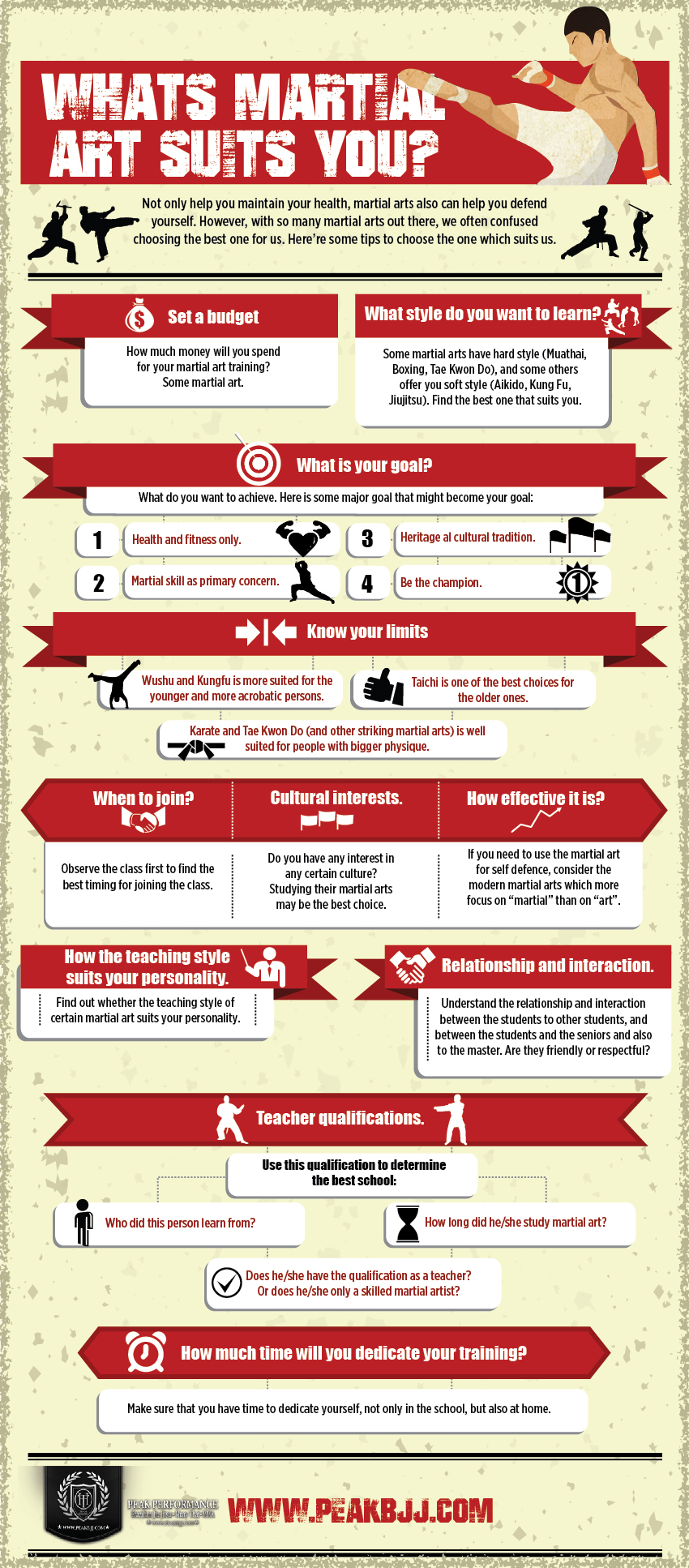The History And Viewpoint Of Martial Arts: A Deep Dive
The History And Viewpoint Of Martial Arts: A Deep Dive
Blog Article
Content Writer-Ingram Mcintyre
Enter the ancient globe where martial arts were substantiated of necessity in diverse areas. Societies crafted one-of-a-kind fighting styles linked with historical contexts. Techniques progressed over centuries with devoted practice and social exchanges. Today, modern-day martial arts mix typical aspects for optimal efficiency. Philosophically, martial arts stress discipline, self-improvement, and harmony. Respect, humbleness, and equilibrium are foundational principles guiding specialists in the direction of growth and strength. Explore the midsts of this abundant background and ideology to uncover the profound impacts shaping this enduring discipline.
Beginnings of Fighting Style
Fighting style came from numerous regions around the world, evolving as sensible battle systems to resist risks. These ancient battling designs were created out of necessity, with each culture crafting strategies matched to their unique settings and difficulties. From the grappling arts of Jujutsu in Japan to the striking methods of Kung Fu in China, martial arts were deeply intertwined with the historic, social, and social material of their particular cultures.
In Japan, the samurai course refined martial arts like Kenjutsu, the art of the sword, which later advanced into the extra popularized type of Kendo. On the other hand, in Brazil, Capoeira emerged as a blend of dancing and combat, produced by enslaved Africans as a way to resist injustice. Each fighting style lugs with it an abundant history and viewpoint, reflecting the values and ideas of individuals who practiced them.
As you explore the origins of martial arts, you discover a tapestry of human resourcefulness, strength, and the unyielding spirit of warriors throughout time.
Development of Methods
With centuries of practice and improvement, battle methods within different martial arts have actually undergone an extensive evolution. From old designs like Kung Fu and Karate to more modern self-controls such as Brazilian Jiu-Jitsu and Krav Maga, the development of methods has actually been driven by a mix of social influences, functional applications, and technical innovations.
One considerable aspect of this development is the cross-pollination of strategies in between various martial arts. For instance, strategies from traditional Japanese Jiu-Jitsu were integrated right into the creation of Judo by Jigoro Kano in the late 19th century. This blending of designs has actually brought about the growth of hybrid martial arts like Mixed Martial Arts (MMA), which integrate aspects of striking, grappling, and entry strategies.
Additionally, the evolution of strategies has actually been shaped by the increasing emphasis on efficiency and performance in combat. Experts have actually constantly sought to fine-tune their techniques via rigorous training, trial and error, and competition, leading to the development of highly specialized and reliable combating styles. On visit my homepage , the advancement of techniques in martial arts reflects the vibrant nature of combat and the continuous mission for enhancement and development.
Philosophical Foundations
Discovering the underlying thoughtful concepts of martial arts offers understanding into their core worths and assisting ideas. At the heart of numerous martial arts disciplines is the idea of discipline itself. By educating https://pontevedrarecorder.com/stories/premier-martial-arts-hosts-summer-belt-graduation,57173? and mind to act as one cohesive device, you cultivate self-control that expands beyond the dojo or gym into everyday life. This self-control encompasses regard, humbleness, and self-control, shaping not simply your physical capabilities yet likewise your character.
An additional essential thoughtful structure in martial arts is the concept of constant self-improvement. The trip of mastering a fighting style is perpetual, with professionals constantly aiming to much better themselves, both literally and mentally. This concentrate on growth promotes resilience, perseverance, and a growth state of mind that can be put on all elements of life.
In addition, martial arts emphasize the importance of consistency and equilibrium. Methods are developed to utilize an opponent's power versus them, highlighting the principle of generating and rerouting force rather than fulfilling it head-on. This philosophy encompasses interpersonal partnerships, promoting peaceful resolutions and mutual understanding. By accepting these thoughtful structures, martial artists not only enhance their combat abilities however also grow a way of life fixated individual development, respect, and harmony.
Conclusion
Finally, the history and philosophy of martial arts use an abundant tapestry of tradition, self-control, and self-improvement.
Consider instance the story of Bruce Lee, that revolutionized martial arts by blending various styles and ideologies to develop his own distinct kind of Jeet Kune Do.
With commitment and innovation, martial artists continue to push boundaries and influence others to reach their full possibility both in battle and in life.
